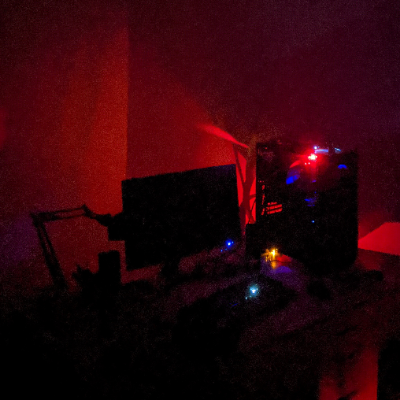I find the concept of NixOS to be incredibly cool, and in terms of immutable operating systems it would in theory be one that I’m really interested in!
But the last time I tried it, I found that I was constantly fighting the system, and the documentation is all over the place and confusing. There’s things like “Oh hey use Flakes!” but then most of the documentation doesn’t really cover Flakes because it’s still considered experimental, yet it feels like the majority of the community uses it.
I also had software that would just randomly break, and when trying to track down the changes from Nixpkgs I couldn’t find anything that would prompt why it broke. Which… seems counterproductive to one of the strong points of Nix.
One example I ran into, is OpenRazer - the service is no longer being exposed and was reported 7 months ago. I did my best to try to track down the changes that broke it, but I suspect it’s possibly a lower level change outside of the OpenRazer package/module that caused it to break.
I get the impression that if I wanted to try to fix it, I’d have to take on the massive gauntlet of understanding how all of NixOS’ internals work, and while yes someday I’d love to have a better understanding, right now I’m more focused on just making sure the things I’d like (or even need in some cases, like software for my job) just works.
These comments really speak to me as someone who is comfortable in Arch but mildly interested in NixOS. The concept seems great, and it seems to work very smoothly when it works. Yet there are always these war stories where people have had to fight the system, to debug some misbehaving hack that is nonetheless required to smash a particular package into the NixOS mould. It is discouraging. The idea I get is that NixOS involves more time doing OS curation chores than does Arch, which already hits the limit of my willingness.
Flakes are another issue. The pre-flakes way seems to be de-facto deprecated, yet the new, flaky way is experimental. I don’t want to waste time learning a doomed paradigm, and I don’t want to depend on anything experimental.
For me, configuration files in git plus btrfs snapshots is just so straightforward. I want to see NixOS as a better way, but I can’t.
Pretty much, unfortunately. It sucks, because in order for Nix to accomplish its vision, things have to be like this - I don’t really see a way around it.
I am amazed by what the Nix[OS] community has accomplished and give high respect to them for it, but I can’t do it. If the documentation (and procedures, eg Flakes) were a bit more structured I’d probably be a bit more willing to put more time into trying to figure it out but… that’s just not the case currently.
I have similar feelings about immutable distros, it is a very intriguing concept but every single time I’ve tried one out, I run into some issue that requires hacks to get around it. If I did end up using one long-term, it’d probably be something from Universal Blue because it seems fairly easy to just modify the image. However, it’s still a massive paradigm shift of getting used to making changes at build-time (of the image), rather than making changes to your system at runtime.
For now, I just do pretty much the same thing you do, important dotfiles go into git, and btrfs snapshots for “Uh oh, something broke and I need things to work right now” moments (which is thankfully quite rare).



